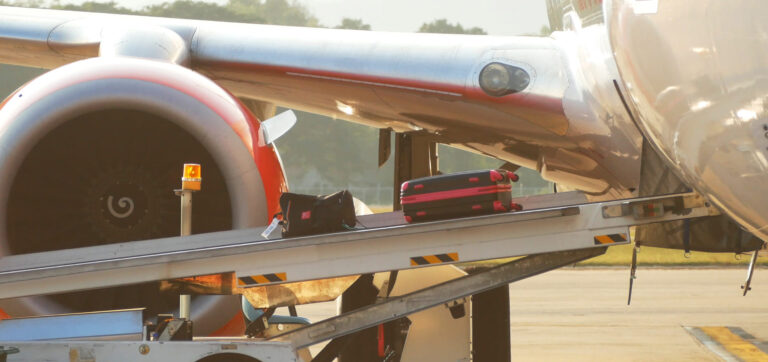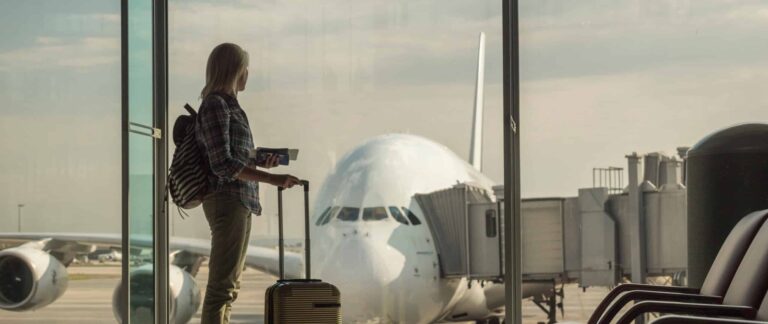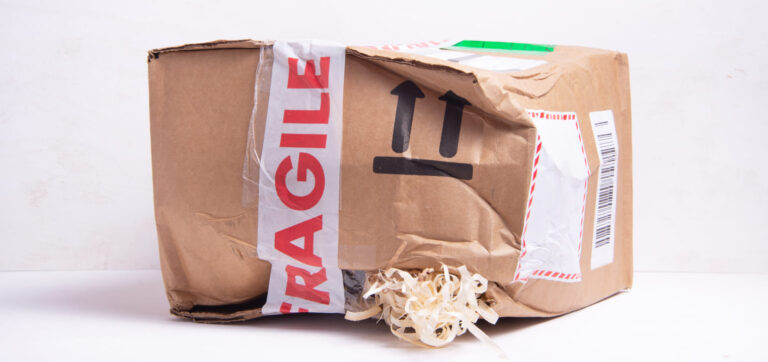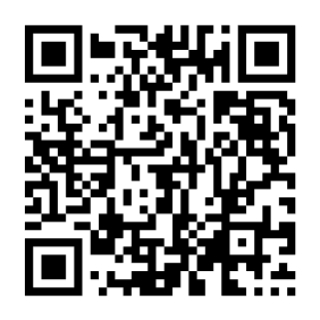Luggage loss is still one of the biggest challenges airlines face. 2022 is now infamous as “the summer of lost luggage.” Vocal complaints on social media and dropping trust saw customers start to use AirTags and other smart tags to track their luggage. While the situation improved, lost luggage continues to hurt airlines’ brand image and customer satisfaction.
The root of the trouble: During lockdown, experienced personnel were let go, and airports have struggled to replace them. Ground staff sorts luggage in a stressful and fast-paced environment. Add inexperienced personnel to the mix, and the amount of luggage that is sorted wrong and lost jumps.
Equipping employees with fast and reliable mobile luggage tag scanners with advanced features can help them work more quickly, smoothly, and accurately.
When traditional barcode scanners fail, turn to mobile barcode scanners
Getting luggage aboard a plane takes several steps, and errors can occur at every one. The humble bag tag helps prevent them.
To read the IATA 2 of 5 Barcodes on these luggage tags, airlines and airports worldwide still rely on expensive, dedicated handheld scanners. However, modern technology offers more cost-effective, reliable, and flexible options for scanning and sorting bags.
Bag tags and the IATA 2 of 5 Barcode
Luggage tags are printed with detailed information about customers and their destinations to ensure a safe delivery. They also prominently feature an IATA 2 of 5 Barcode, which airlines use to uniquely identify every item.
The bag tag data includes:
- Airline/carrier name
- Flight number
- Luggage tag number (two-letter or three-digit airline code plus six digits)
- Name and IATA code of the destination airport
- Departure time
- Airline code and flight number
- Passenger’s last and first name
The barcode holds a unique “license plate” – a ten-digit number that gives systems and workers access to all relevant information for sorting and loading. It consists of a leading digit, the airline’s three-digit carrier code, and a six-digit ID number.
Luggage handling: from check-in to collection
In below-the-wing operations, luggage tags are scanned at several points. Here is a short breakdown of the process, including ways to optimize the steps:
Check-in
The luggage journey begins at check-in. After registering the luggage with the passenger’s name and itinerary, it is sent on its way on a conveyor belt.
Traditional barcode scanning devices often have trouble parsing poorly printed, damaged, or worn luggage tags. While airline-provided tags are fairly robust, some passengers print their luggage tags at home, which makes damaged or unreadable barcodes far more likely.
Time pressure is another major source of errors: When too many passengers arrive simultaneously or too late, check-in agents struggle to work thoroughly and might tag luggage incorrectly.
Mobile barcode scanners are more efficient, helping staff stay on top of their work. A batch scanning feature enables check-in agents to scan several luggage tags without interruption while multi-scanning allows them to capture multiple barcodes in one go.
Loading the luggage onto the plane
The luggage will next pass scanning stations that read the tag’s barcode to determine its destination and send it to the correct gate. While most of the luggage can be scanned automatically, some require manual scanning and handling due to damaged or incorrect tags.
The barcode scanner’s speed and accuracy matter: At this point, ground workers have to sort them by hand, which is more error-prone to begin with. When too many bags have to be scanned manually, they might miss the onboarding time – and become lost luggage.
A mobile barcode scanner can quickly and reliably scan even heavily damaged barcodes, speeding up manual sorting and ensuring correct loading.
Transfers
Whenever passengers have to transfer along the way, the process repeats itself: Luggage has to be loaded off one plane and onto another. Here, too, time pressure and tag damage can lead to luggage loss – and with every additional loading process, the risk of luggage tags being damaged increases.
Luggage collection
The luggage’s journey does not end at the destination airport, since it must still reach its owners. Ground staff places the luggage into an automatic scan system that sorts it onto the correct conveyor belt to carry it to the passengers.
Again, barcodes that can’t be scanned automatically are scanned manually. And again, speed and precision are essential, since the luggage mustn’t miss its allocated time slot, or it will land in the lost and found.
Lost and found
Whenever luggage isn’t collected or lost during transfer, it lands in the lost and found. When it is reclaimed, barcode scanning software with AR capabilities helps staff to quickly identify the correct item: They first enter the luggage ID into the app, then point the camera at the barcode tags until one of them lights up green on their screen.
Mobile barcode scanning is useful at every stage of the luggage’s journey – and a single device can handle all this and more. In contrast to dedicated handheld barcode scanners, smartphones and tablets equipped with barcode scanning software can be used as cost-effective multi-purpose devices.
Accurate luggage tracking for airlines with the Scanbot Barcode Scanner SDK
With an integrated Barcode Scanner SDK in your mobile app, airport staff can capture barcodes within 0.04 seconds – even in poor lighting, from difficult angles, or when the barcodes are damaged.
The Scanbot Barcode Scanner SDK scans all common 1D and 2D barcodes, including the IATA 2 of 5 Barcode used in airline operations. Even tiny or distant barcodes are scanned with an accuracy of 98.7%.
Our user guidance with AR Overlay features assists workers in hectic and difficult scanning environments, where finding the perfect angle or distance to scan is crucial. Functions such as Batch Scanning or Multi-Scanning enable faster, more efficient workflows.
FAQ
How can mobile luggage tag scanners help with baggage handling in peak travel times?
Mobile scanners speed up luggage tag processing, allowing quicker baggage identification, reducing waiting times, and improving operational flow, especially when airports are crowded. This ensures smoother baggage management during peak travel periods.
How does the scanner ensure data security during baggage tracking?
Data security is ensured through encryption protocols, secure communication channels, and integration with trusted airport systems. This prevents unauthorized access to passengers’ sensitive information
Can the mobile scanner read tags from multiple airlines?
Yes, mobile scanners can read tags from multiple airlines, as long as the tags comply with standard barcode formats like IATA 2 of 5, which are widely used in the airline industry.
How does the scanner integrate with the airport’s baggage management system?
The scanner integrates seamlessly with baggage management systems by transmitting scanned data directly to the system in real-time, enabling efficient tracking and sorting of luggage.







